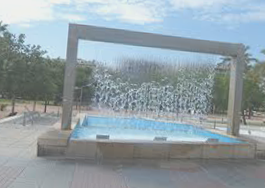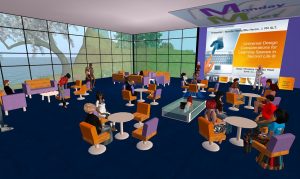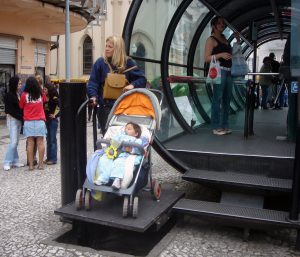Make Your Home Stand Out With A Landscape Water Structure
There’s a lot of ways that you can make your home stand out. However, nothing does the trick quite like landscaping. You may think about a new paint job, and much more for the exterior, but the yard and land you have can look amazing if you just apply a little bit of landscaping to it. Hiring a pro can be a helpful plan, but overall, you should go beyond just the green and colors of flowers and grass. Think bigger, like that of adding a landscape water structure. That’s right, landscape water structures can make your home look amazing, and can give you a bit of peace and tranquility whenever you’re out in your yard, etc. Never thought about this before? Well consider a few notes on why you may want to look into this option and get a pro to handle the plumbing etc.

Water structure
The Peace of Water Structures
The first thing to consider is the peace that comes with water structures. When you have running water and rock structures around your landscaping, you will be able to sit in your yard and just enjoy the sights and sounds. There’s something peaceful about this that goes beyond words, and you’ll find that when you hire someone to help you get this going, you’ll be able to enjoy your yard in a whole new way. It’s a perfect union of sight, sound, and technology, that’s for sure.
Adding Value To Your Home
Perhaps one of the biggest reasons why people pursue landscaping structures for their home is because it helps with increasing the value of their home. That’s right, you could very well end up with a home that jumps in value with just a simple installation. This is something that most people don’t really consider at first glance, but the more you look into it, the more you’ll find that this is a favorable option to consider. Whether you go simple or you want something elaborate, you’ll find something grand that comes with this for the value of your home today and in the future.
Piping and Plumbing Issues
Before you can start breaking ground for any structure, you’ll need to first consider the construction phase. This isn’t as fun as the final production, but you’ll need to consider this. You may not have pipes or plumbing in the area that you want your landscaping to get placed in. To ensure that you have the right elements, you’ll need to call in a professional. A professional can help with the installation of piping and connections to the water supply so that you are able to have free standing, free flowing water, clean sewer and even a pump etc. Learn more
Do not try to do this on your own. This is something that you are going to be tempted to do, especially with so many details that you can pull online about how to start with landscaping. While you can do some minor maintenance and more, you should not work with landscaping plumbing, piping, or anything extreme. Let the pros handle this project, and you’ll be able to get a stunning solution.
Setting A Budget
Before you start calling around to get a landscape structure, you should consider your budget. How much do you want to spend on a landscaping project? Also, assess the size of your yard, and what type of structure you want to put in place. You could go simple, or you could go extreme, depending on what you want overall. If you’re not sure where to start, consider putting aside a few thousand dollars just to get a few ideas going.
Once you have set a budget, you can start to gather inspiration online from different resources. Look up landscape structures and you’ll find that there are some amazing things that you can do for your home’s yard. Whether you want something very simple, or something complex, you could easily push through a variety of options. Not everything is going to be inexpensive, or possible, but you may get an idea as to what you can do with the space you have.
Don’t Rush Into Anything
As you look around for inspiration, ideas, and budgeting elements, make sure to take your time. Do not rush into getting anything installed, especially when it comes to plumbing and water structures. Once the ground is dug up and you have piping installed, you cannot really go back without disrupting your yard, and adding more costs to the bill. Take your time, find something you love, and get a pro to help you get it done right.
 sal
sal 